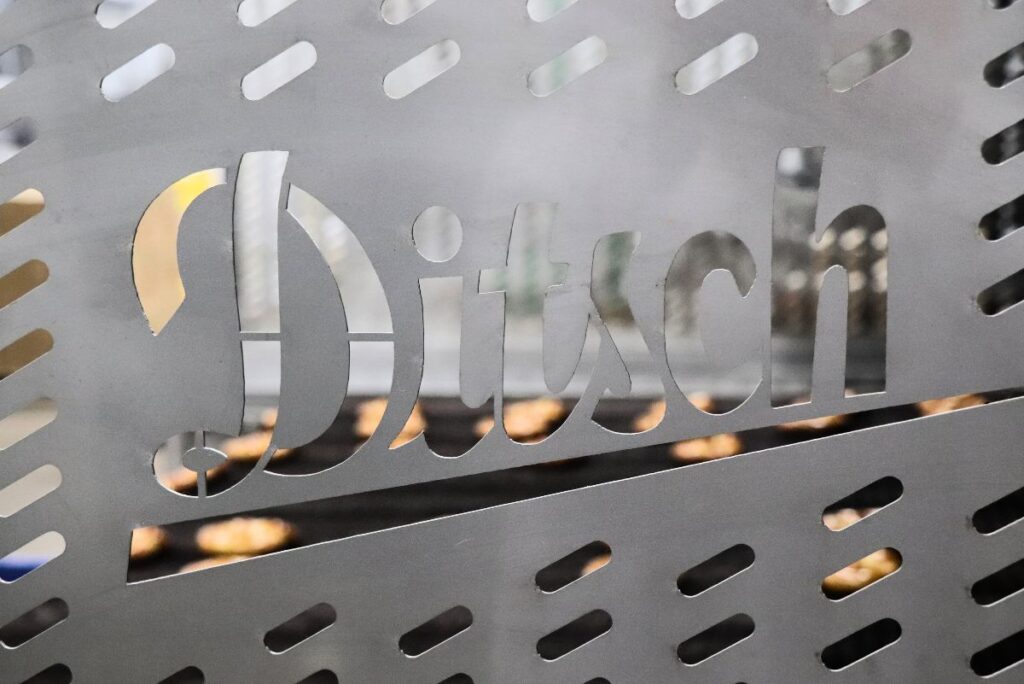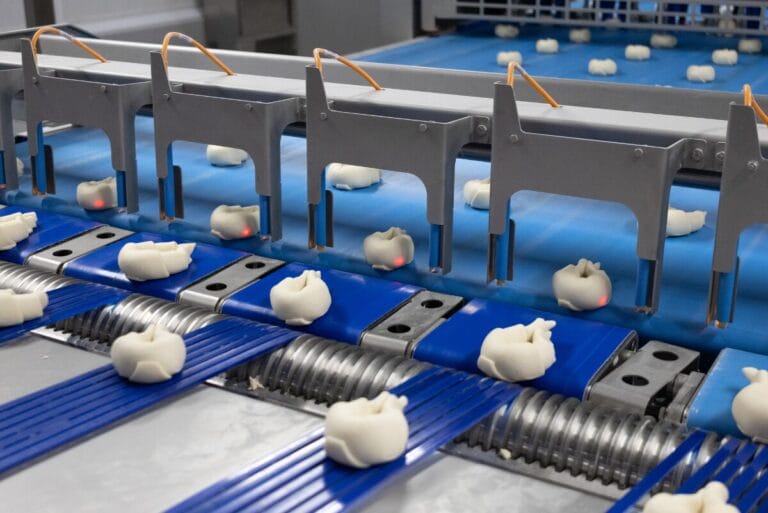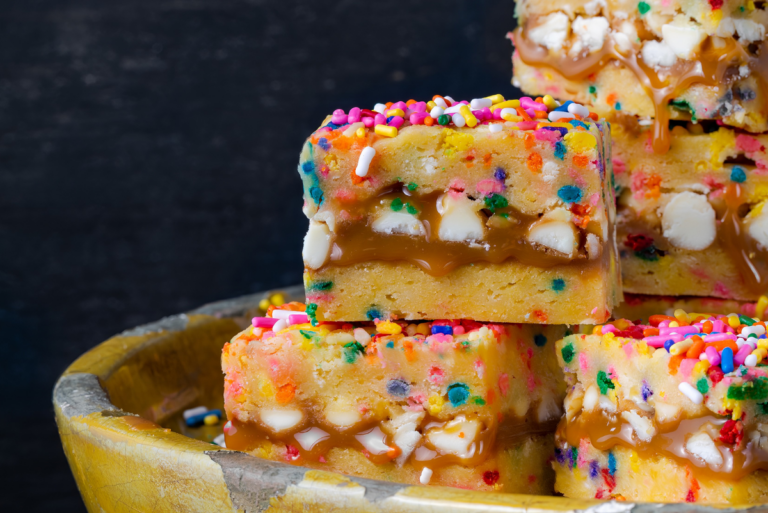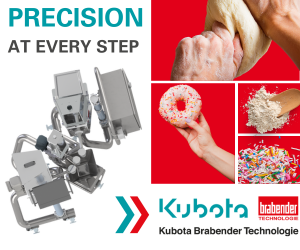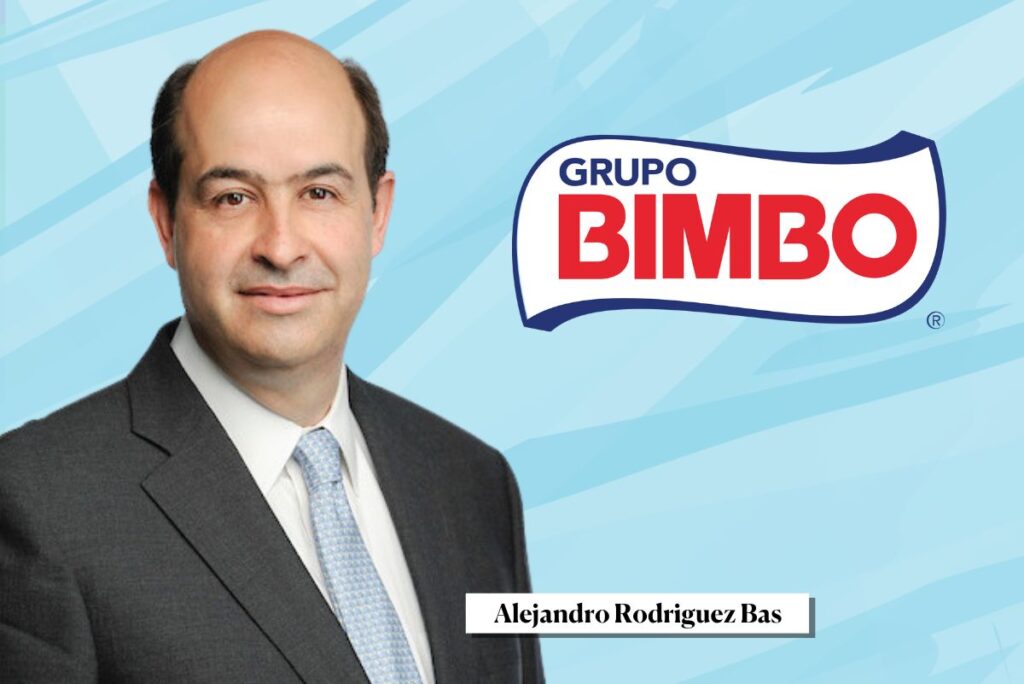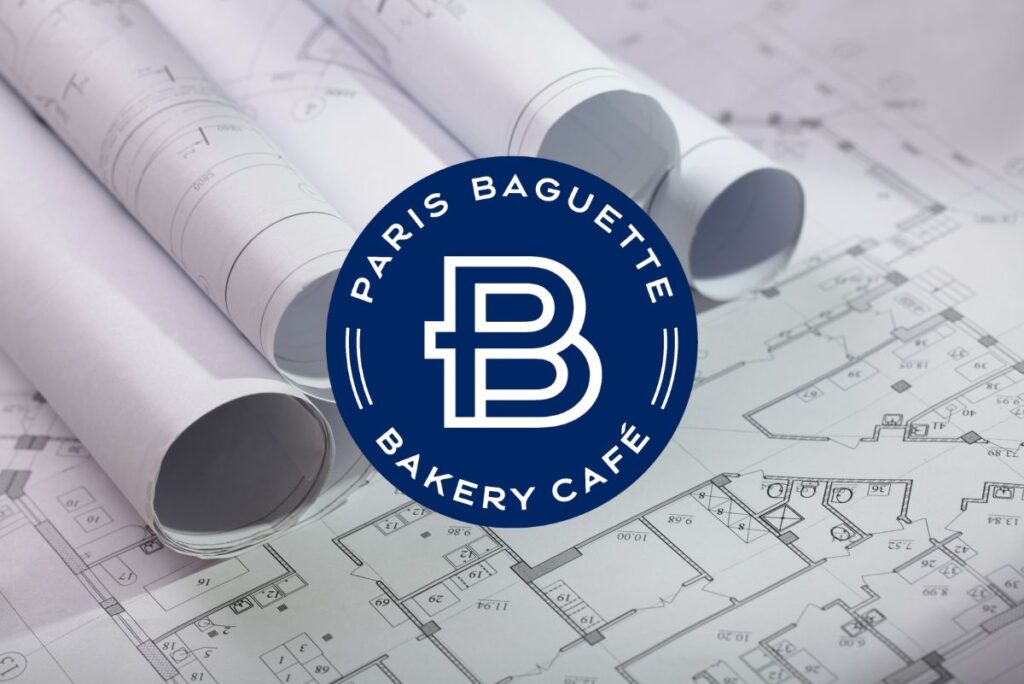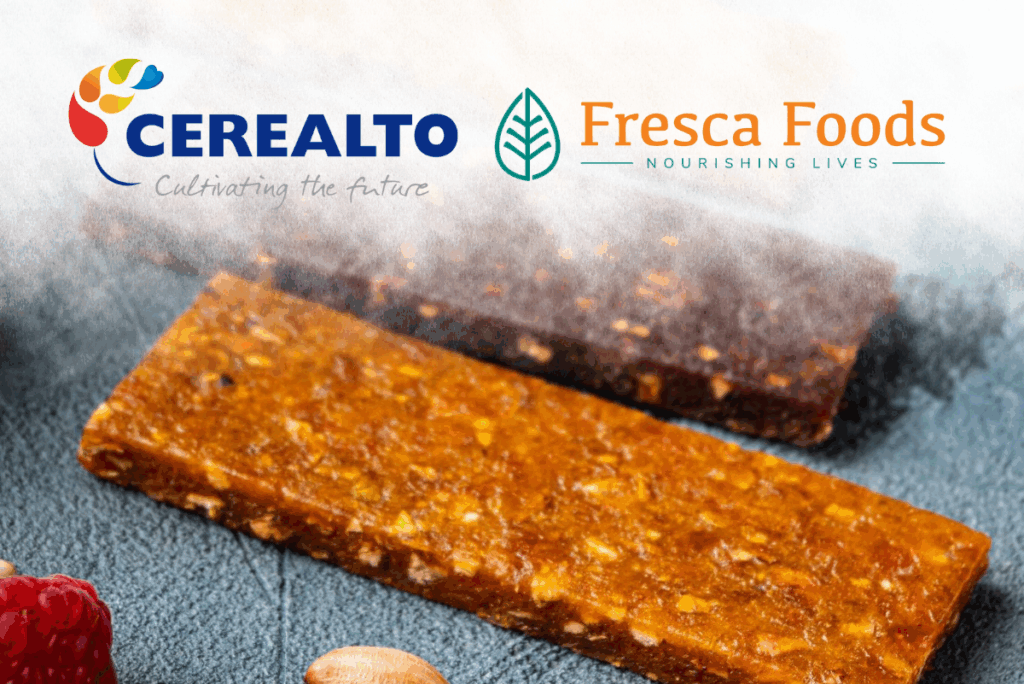KANSAS CITY, MO — When a century-old company is known for a centuries-old product, is there room for innovation? Absolutely. That is, so long as the foundation is not forgotten. For Cincinnati-based Ditsch USA — the US division of the German company — innovation can only happen by sticking to the time-honored process of pretzel making.
While Ditsch has been making pretzels in Germany and around the world since 1919, it officially entered the US market in the early 2000s.
Gaining ground
Pretzel Baron, founded in Cincinnati in 2014 by a certified master baker and well-known “pretzel expert,” caught the global producer’s eye. In 2017, Valora Group, Ditsch’s parent company, acquired Pretzel Baron with its 85,000-square-foot facility, launching Ditsch USA.
In just over five years, Ditsch USA outgrew the original bakery, and set out to open a 175,000-square-foot facility less than two miles down the road from its flagship. With the new plant — and equipment additions and upgrades to the original — the company is poised to not only provide consumers with an authentic pretzel experience but also disrupt the entire category with all-new takes on this beloved German staple.
“In Europe, pretzel products are breakfast or lunch items,” said Thorsten Schroeder, CEO of Ditsch USA. “In the US, it’s a snack, appetizer or dinner item. The use case is very different, and that gives us opportunities. But it also makes us different in terms of how it’s perceived and consumed.”
Compared to European countries like Germany, pretzels are just hitting their stride in the US.
“The soft pretzel has really just broken the ice in the US,” said John Stefanik, VP of sales and marketing for Ditsch USA. “That’s been a big part of the strategy behind our expansion, so we’re ready for significant projected growth in an already mature category.”

